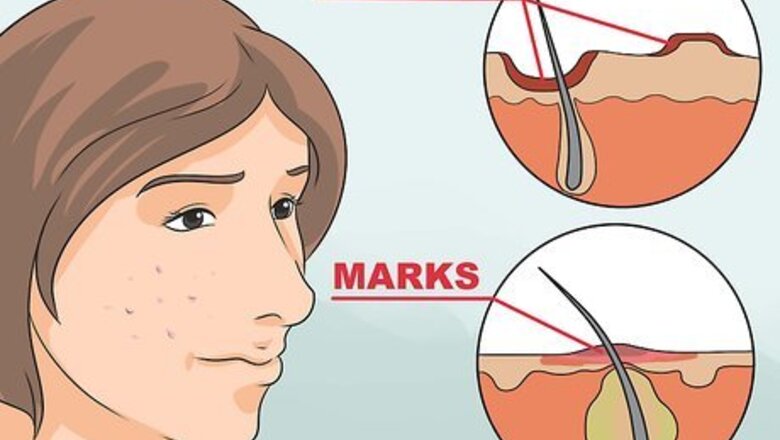
views
Preparing to Eliminate Marks
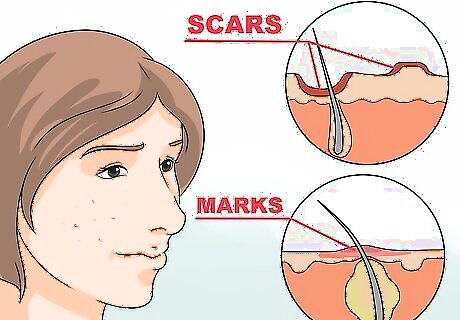
Figure out if you have scars or marks. While the term “acne scars” is used to talk about any kind of lingering mark from acne, it actually refers to something specific. Acne scars are permanent indentations in the skin that come from acne for various reasons, whereas marks are non-permanent. You may have a combination of the two. Scars can be hypertrophic, which stick out above the skin, keloid, in which there is an overproduction of skin tissue, or atrophic, which are sunken depressions. There are different forms of each of these. Scars will require professional treatment from a dermatologist in order to be removed. Non-permanent acne marks are the reddish and brownish marks that can be left over from acne. Dermatologists call them '"post-inflammatory hyperpigmentation. They typically go away on their own after 3 to 6 months, but the pace of this process can usually be quickened using the methods in this article.
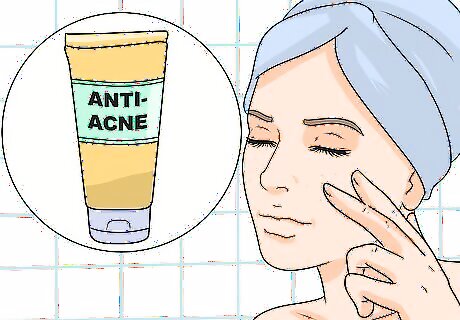
Clear your acne. Before beginning any treatment, it is essential to have cleared your acne. This way, your efforts will not be in vain. Additionally, the presence of acne means your skin is inflamed, which will inevitably reduce the effectiveness of treatment.
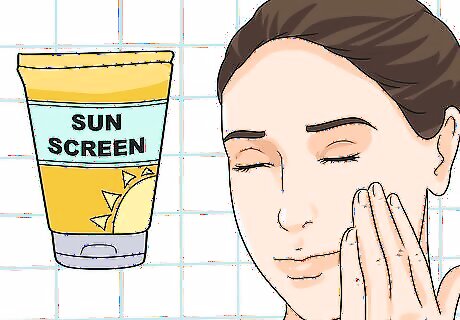
Protect your skin with sunscreen. Your skin will heal faster if it isn’t sun damaged. While sunscreen will not do anything to get rid of your post-acne marks, sun damage will make any marks on your skin more prominent, so be sure to protect yourself. Make sure to choose a sunscreen that won't clog your pores (potentially causing a breakout).
Reducing Acne and Acne Spots
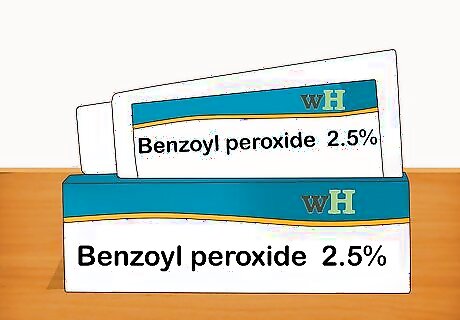
Apply a product with benzoyl peroxide. Benzoyl peroxide can help treat current acne while reducing the dark spots that remain afterward. Use benzoyl peroxide in cleansers, toners, gels, and topical spot treatments.
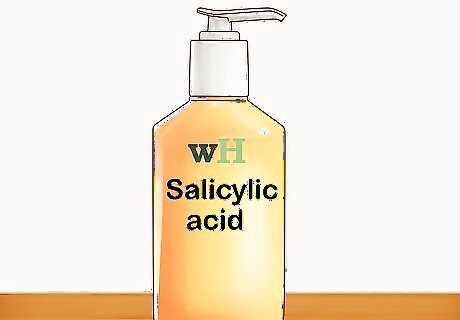
Treat skin with salicylic acid. Salicylic acid will help reduce the redness, size, and pores around acne blemishes. Use it in your cleanser, toner, and other skincare products. It may even help prevent acne in the future.
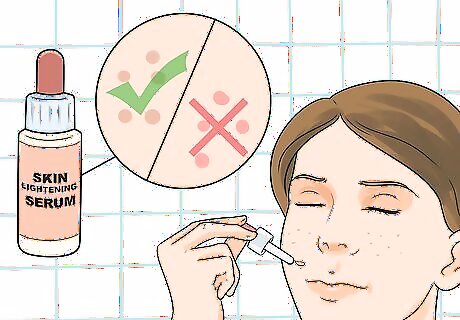
Use a skin-lightening serum for brownish marks. While this will not work for pink and red marks (which are due to irritation and not changes in melanin in the skin), for brownish marks you can use a skin lightener to reverse the hyperpigmentation.
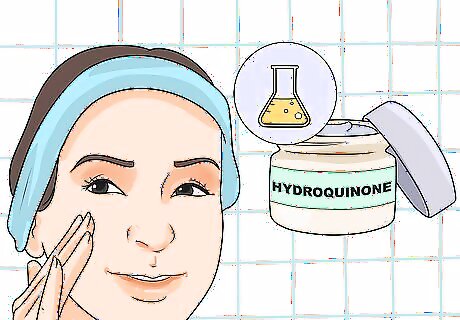
Use hydroquinone. While somewhat declining in popularity, hydroquinone remains a common chemical skin lightener which is available both over-the-counter and prescription-strength. Use it twice daily for a set period of time (ask your doctor) to lighten specific spots. It should only take three months for skin lighteners to remove dark marks. Do not use these for too long or your skin may become permanently discolored. Skin-lightening products can increase your sensitivity to sun damage and cause premature aging. Always wear sunscreen when using these products, even on cloudy days.
Using Exfoliants to Remove Hyperpigmentation
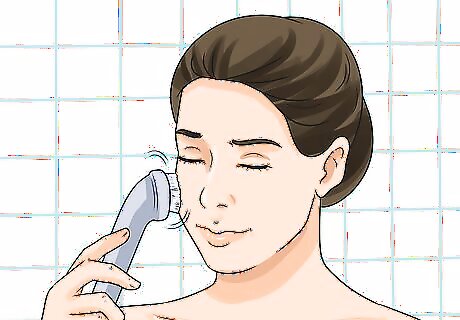
Try gentle manual exfoliation first. Depending on how your skin is feeling, you may prefer either a manual or chemical exfoliant to remove dead skin cells. A manual exfoliant is a physical scrub. This can be a warm washcloth, baking soda, or any product specifically designed for the purpose of exfoliation, like facial brushes. While manual exfoliation is more natural, be careful about further irritating the skin, as it can be abrasive. Excessive or harsh exfoliation can lead to worse dark spots after acne.
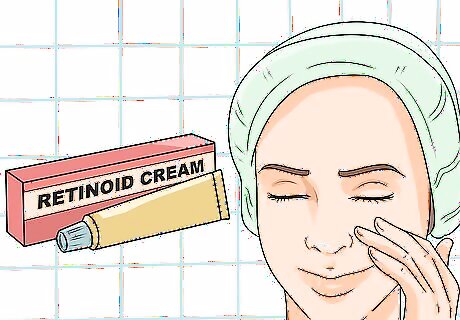
Try chemical exfoliants if manual ones don't work. Chemical exfoliants come in several forms. Two common and effective ones are BHAs and retinoids. A BHA exfoliant uses beta hydroxy acid, which contains salicylic acid, to get deep inside your pores, dissolve dirt, and exfoliate the skin. Acne marks will fade faster and you should get fewer breakouts. Retinoid creams can be used to speed up the skin's natural process of cell division, which pushes out the discolored skin cells. This treatment will increase sensitivity to sunlight, so be sure to apply the cream at night.
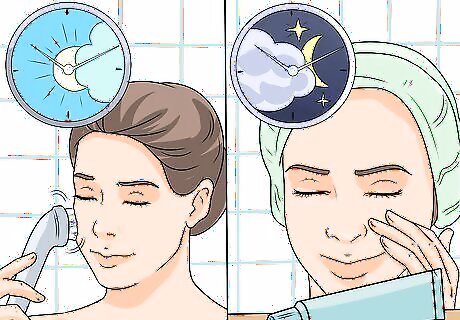
Use exfoliants every morning and evening. Making sure to choose a gentle exfoliant (so as not to further irritate the skin), scrub with either a manual or chemical exfoliant every morning, and apply a retinoid cream every night. The more aggressive the exfoliant, the less frequently you need to use it. Exfoliate less often if you note irritation or worsening acne marks.
Treating Persistent Marks
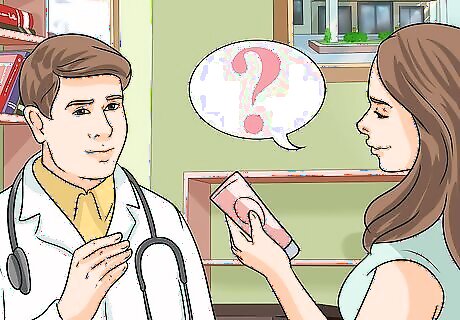
Research the following further methods carefully. If your post-acne marks are not responding to the preceding treatments and you do not wish to wait for them to go away naturally, or if you have discovered actual acne scars, consider researching and discussing with your dermatologist further treatment.
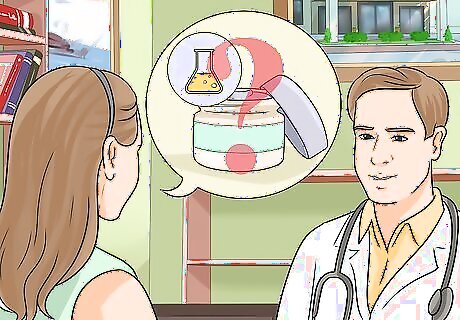
Ask your doctor about chemical peels. These work similar to retinoids. An acid is applied to the skin which causes new skin cells to form and replace the top layer of discolored skin, helping with the pigment change. While there are at-home and over-the-counter peels, it is best to discuss any peel with a doctor.
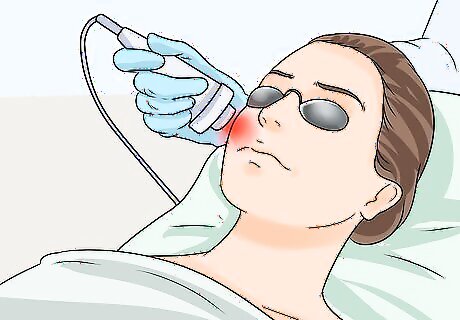
Look into laser treatments. These will make your skin red for some time (sometimes up to a year). It is essential to care for the skin after treatment to prevent infection. This treatment is often prohibitively expensive, with the average cost well above $2,000. Additionally, this treatment is considered purely cosmetic, so your insurance company will likely not cover it. Choose a non-ablative laser. Ablative lasers are typically used for scars, not red marks.
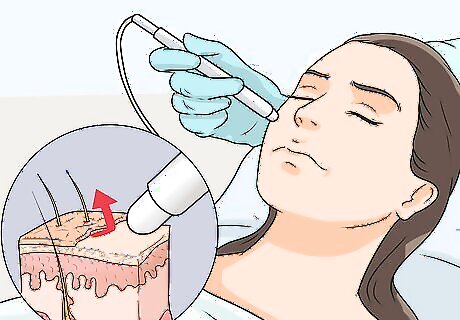
Consider dermabrasion for small spot issues. This treatment has largely been replaced by laser therapy but is still sometimes used for small specific areas. After anesthetizing the skin, a plastic surgeon or dermatologist will use a wire brush that rotates to remove the upper layers of skin. This has the effect of sanding the skin and new skin will form where the skin was removed. As such, it can be extremely abrasive and best used only in small spots.
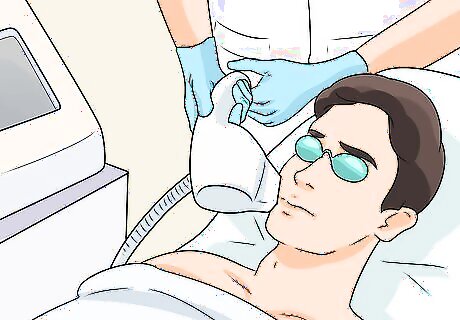
Consider IPL (Intense Pulsed Light) treatments. These treatments are gradually replacing laser treatment as they pose less risk of damage to the skin. IPL treatments are performed by a dermatologist to create new skin without damaging the outer layer. The acne marks will subside. IPL is also used for a number of other conditions, such as unwanted wrinkles and facial hair.
Using Natural Treatments to Soothe Skin

Try eating an anti-inflammatory diet. Alongside your topical agents, a healthy diet rich in anti-inflammatory foods might be able to help reduce the inflammation associated with acne. This may help reduce the size and appearance of marks. Leafy green vegetables, fish, and walnuts are just a few examples of anti-inflammatory foods. While an anti-inflammatory diet has no negative side effects, more research is needed to confirm whether it is truly effective against acne and acne marks.
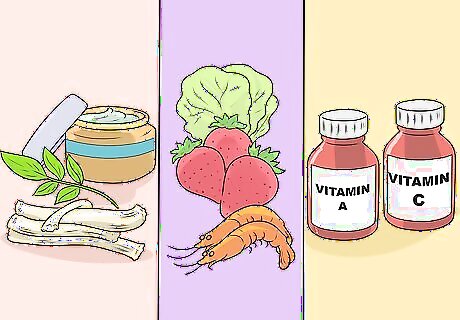
Use antioxidants to soothe skin irritated by acne. While this treatment will not necessarily remove acne marks, antioxidants are useful in reducing the irritation to the skin that causes redness in the first place. Note that while antioxidants can supplement other treatments, they are typically not enough to make a noticeable difference in your skin or acne marks by themselves.
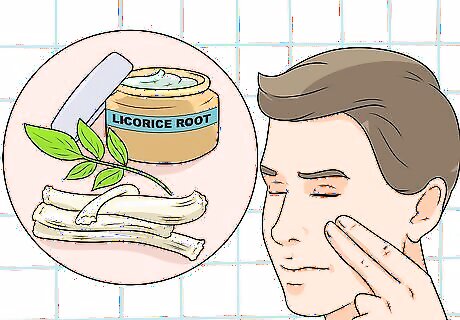
Use a topical antioxidant. Topical agents, primarily creams that make use of antioxidants, can be used for direct soothing of locally irritated skin. Some particularly effective antioxidant ingredients to look for in creams are Kojic Acid and licorice root.
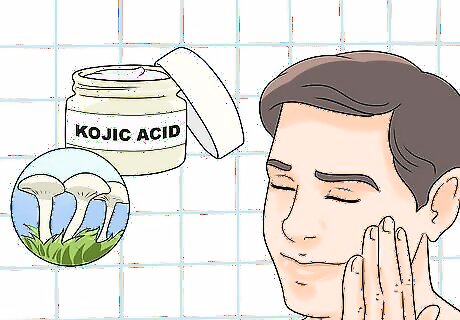
Use a natural skin lightener. There are also a number of natural ways to lighten spots of skin. Creams with Kojic acid (derived from mushroom extract) or vitamin C are all good natural choices. You can even apply freshly squeezed lemon juice directly to your skin. Lemon juice acts as a natural lightening agent, so it might help to fade red marks from acne.
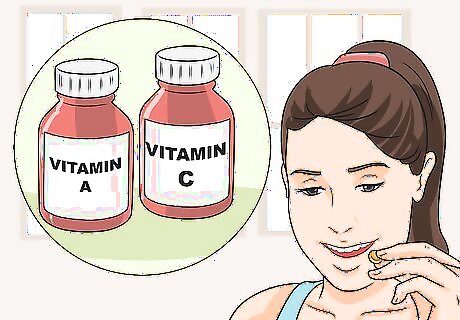
Take supplements. If you have a deficiency and need an extra helping of antioxidants or are finding it difficult to work them into your diet, certain supplements, such as Vitamins A and C, can also provide a source of antioxidants. Take antioxidants in moderation. Recent research shows that excess use can cancel out many of their benefits.














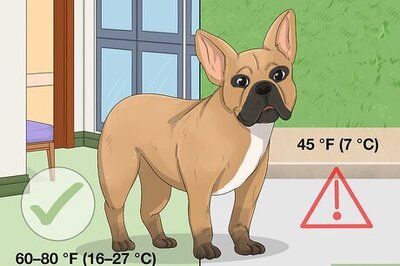

Comments
0 comment